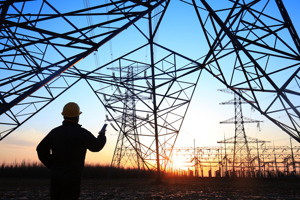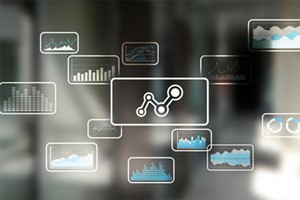

The Cloud Implementation Toolkit
Businesses that require field technologies are ripe for using cloud services. As such, migration to the cloud has implications across a wide variety of sectors, including government, public, and transportation to name a few. For example, in the transportation industry, businesses can use cloud technologies to collect data on vehicles and reroute them based on accident data. The ever-changing third-party data formats in real-time transportation...
Continue Reading..

Why Human Skills Are More Essential Than Ever In A Virtual World
In his 2015 book, Humans are Underrated, author Geoff Colvin argues that the most essential skill for 21st-century employees is the ability to create empathy. Colvin writes; “Empathy is the foundation of all other abilities that increasingly make people valuable as technology advances.” Colvin goes on to define empathy as “Discerning what some other person is thinking and feeling and responding in some appropriate way.”
Continue Reading..

How Multi-camera Fieldstreaming Can Modernize Field Service
Companies across the globe have been forced to rethink how to conduct field service and support this past year due to COVID-19 travel restrictions and social distancing mandates. Sending service technicians to a customer site in another state or continent to build, test or repair a machine has been impossible in many cases. As a result, companies have come to rely heavily on remote field service and support technologies and techniques.
Continue Reading..

4 Field Service Trends We Are Already Seeing in 2021
As we head further into 2021, it's no longer about survival, it's about growth. How can we improve service capabilities to guarantee better customer engagement and productivity during a time of both physical and economic restrictions? Here are four predictions.
Continue Reading..

Field Service Resiliency Delivers Digitally Enhanced Service Experiences
The field service operation played a critical role for many businesses over the past 12 months. The pandemic shut down many businesses for some time, but when they reopened the need was to stand up operations at or beyond pre-pandemic levels of production. As these organizations focused on sustaining their businesses and delivering for their customers in new ways, the ability to push equipment and assets to the maximum with limited downtime was...
Continue Reading..

Digital Transformation Is Changing Everything, And Technology Is The Easy Part
Before the pandemic, technical service organizations were already adopting new technologies to improve service delivery. For most service providers, however, adoption had been slow and cautious.
Continue Reading..

What Keeps Fleets From Going Fully Autonomous?
Science fiction shaped our imagination to easily envision a world where we can take a driverless taxi, ride a flying car, and use drones in place of snail mail. In reality, the changing consumer and societal needs do give a push to new technologies that get us closer to autonomous transport. However, highly connected vehicles, remote fleet control opportunities, and autonomous vehicle development unearth various challenges related to moral and...
Continue Reading..

5 Trends That Are Shaping The Future Of Field Inspections
What changed in the field inspection methods? 2020 reshaped the future vision for performing field inspections. The reason is the usual suspect – COVID-19 and the need to protect public health. Many organizations now are transforming their operations to become more effective in the new normal. Among them are inspection agencies and inspectorates.
Continue Reading..

Optimizing A Hybrid Field Technician Workforce
There is an increasing trend for service organizations to utilize 3rd party subcontractors as either a supplement or extension of their field service workforce. Companies leverage a hybrid field technician workforce for many reasons.
Continue Reading..

Technology For Utility And Field Worker Efficiency
Whether it’s surveying, meter reading, asset tracking, or water quality testing and reporting, utility workers often work long hours in challenging environments where responsibilities shift daily. To operate as safely and efficiently as possible, technology is used to conduct remote visual inspections and pinpoint dangerous irregularities along distribution lines.
Continue Reading..
